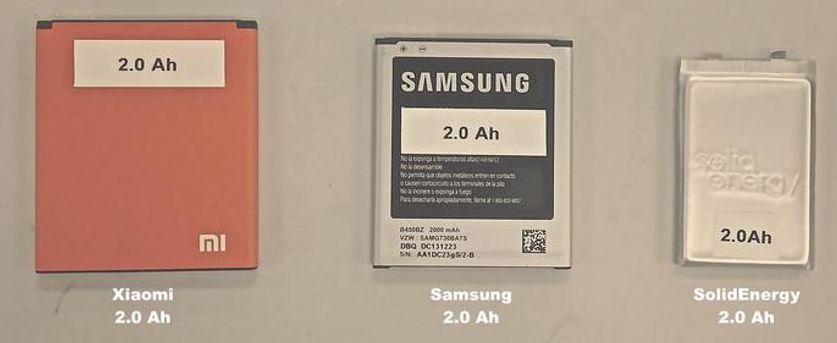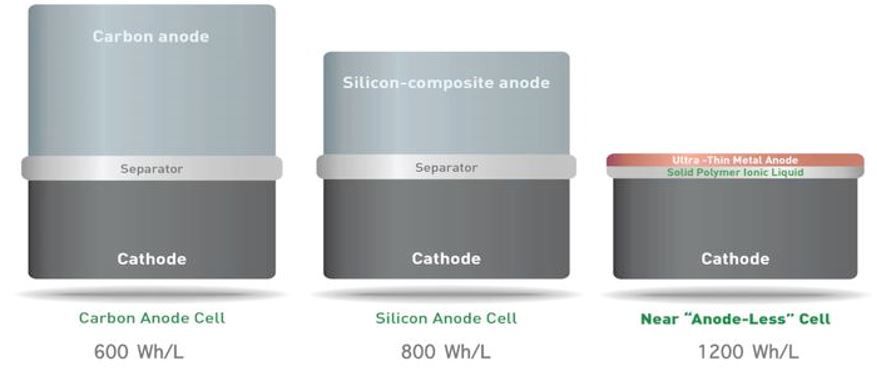Affiliate links on Android Authority may earn us a commission. Learn more.
SolidEnergy's battery claims twice the energy density of traditional li-ion, coming 2016

Smartphone specifications are better than ever, but battery technology has remained stagnant for years. Fortunately, engineers share our complaints and SolidEnergy, another start-up to come out of MIT, is boasting a new battery design that will hopefully lengthen our smartphone usage times. The technology promises twice the energy density of today’s traditional lithium-ion batteries.
SolidEnergy’s new technology works by replacing the battery’s conventional graphite anode material with an ultra-thin sheet of lithium copper metal foil. The benefit here is that this greatly reduces the size of the battery for the same capacity, allowing the saved space to be used for extra capacity.

The use of lithium-metal electrodes in batteries has been the subject of research for many years, but there have previously been some technical barriers to their viability. Typically, lithium metal can react with battery electrolytes, which over time prevents current from flowing and leads to battery capacity degradation. The reaction also creates dendrites, which can short circuit the battery and ignite the flammable electrolyte.
To overcome these rather major problems, SolidEnergy uses both regular liquid and less reactive solid electrolytes, allowing for suitable conduction without the problematic reactions. A very thin layer of solid electrolyte is applied to the lithium metal foil in the anode, which is thin enough to avoid the lack of conduction usually associate with a thick solid layer while avoiding the short circuit issues of using lithium metals. The video below explains this different approach.
https://www.youtube.com/watch?feature=player_embedded&v=oxNAJuFUmSY
This new technology isn’t only about saving space, SolidEnergy has also successfully demonstrated superior capacity retention over successive charge cycles than competing advanced Li-ion technology. Over 100 recharge cycles, SolidEnergy’s battery retained 80 percent of its original energy storage capacity, meaning that non-replaceable batteries won’t be such a problem in the future.
The first commercial battery using this technology is scheduled to arrive for smartphones and tablets in 2016, with larger batteries for the electric automotive industry to follow.